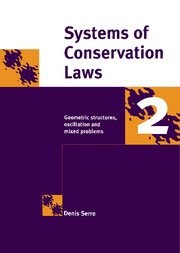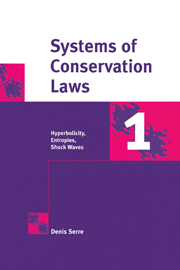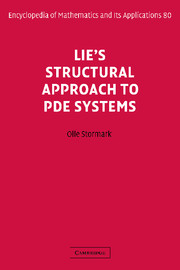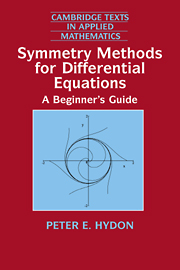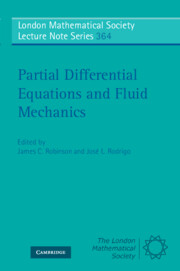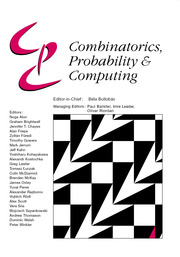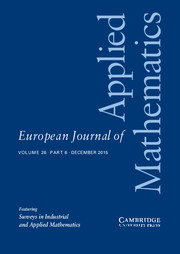Systems of Conservation Laws 2
Systems of conservation laws arise naturally in physics and chemistry. Following on from the previous volume, the author considers the maximum principle from the viewpoints of both viscous approximation and numerical schemes. Convergence is studied through compensated compactness. This tool is applied to the description of large amplitude wave propagation. Small waves are studied through geometrical optics. Special structures are presented in chapters on Rich and Temple systems. Finally, Serre explains why the initial-boundary value problem is far from trivial, with descriptions of the Kreiss–Lopatinski condition for well-posedness, with applications to shock wave stability, and certain problems in boundary layer theory. Throughout the presentation is reasonably self-contained, with large numbers of exercises and full discussion of all the ideas. This will make it ideal as a text for graduate courses in the area of partial differential equations.
- Only up-to-date book
- Comprehensive coverage
- Lots of examples and exercises, making it suitable as graduate text
Reviews & endorsements
'… an exciting book … this book can be seriously recommended for mathematicians working in the modern fields under question … treats the development of recent years exhaustively.' R. Ansorge, ZAMM
'… presents ideas on the cutting edge of research … The reader … will find a fascinating array of new tools being brought to bear on nonlinear HPDEs.' T. J. Bridges, Contemporary Physics
Product details
April 2000Hardback
9780521633307
282 pages
244 × 170 × 17 mm
0.64kg
4 b/w illus. 56 exercises
Available
Table of Contents
- 8. The maximum principle
- 9. Compensated compactness
- 10. Propagation of oscillations
- 11. Weakly nonlinear geometric optics
- 12. Rich systems
- 13. Temple fields and systems
- 14. Boundary conditions and mixed problems
- 15. Boundary layers
- Bibliography
- Index.

